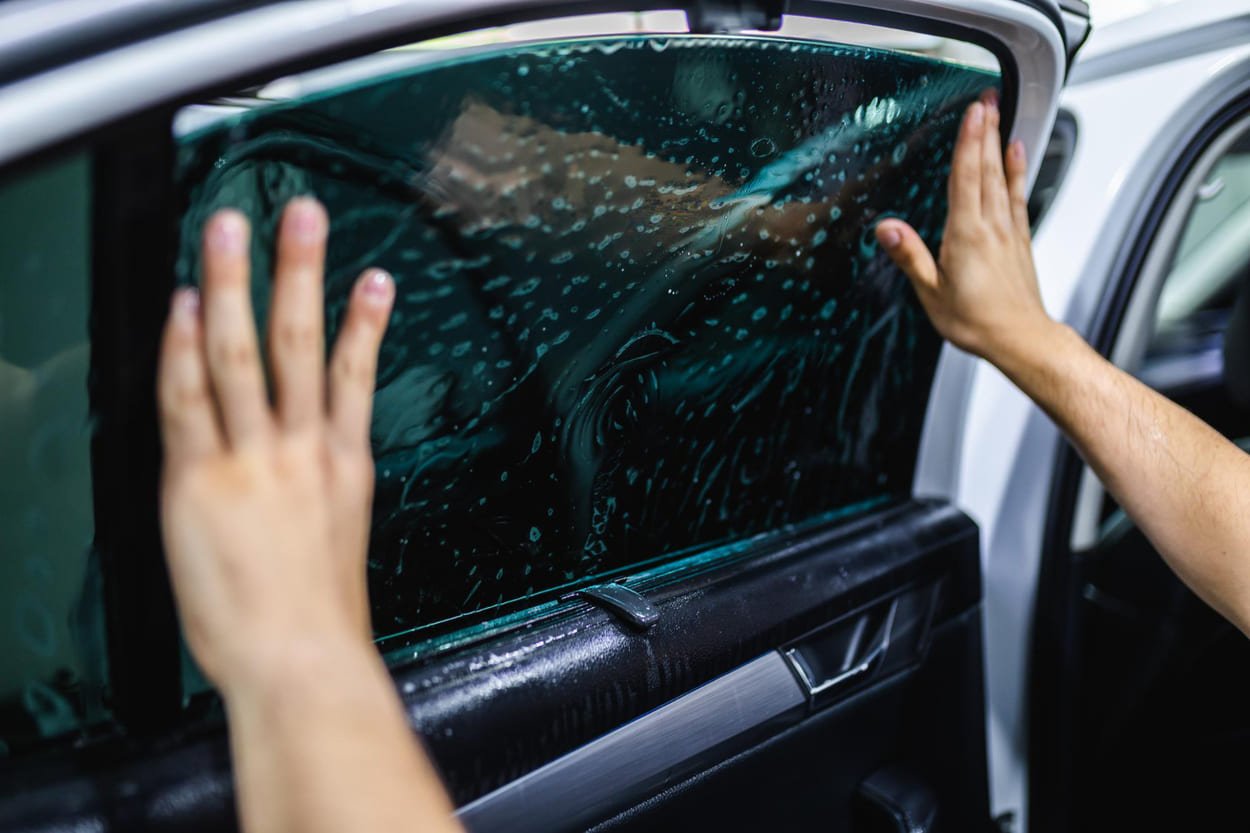The Full Breakdown of Automobile Window Tinting Laws: Remain Informed and Avoid Pricey Fines
Understanding the intricacies of car window tinting legislations is extremely important for every single lorry owner. With laws varying throughout states and jurisdictions, a thorough knowledge of the permissible tint degrees and guidelines can save you from prospective fines and lawful troubles. By remaining educated and guaranteeing compliance with these legislations, vehicle drivers can not just improve the visual appeal of their cars however likewise avoid costly charges. Allow's explore the subtleties of home window tinting laws, from legal portions to enforcement procedures, and discover the important tips for preserving tinting compliance.

Relevance of Comprehending Tinting Laws
Comprehending tinting regulations is vital for lorry owners to make certain conformity with regulations and prevent potential fines or fines. By being informed about tinting regulations, car proprietors can make informed choices about their lorry adjustments and avoid the inconvenience of having to get rid of illegal color.
In addition to legal consequences, improper window tinting can likewise impact visibility while driving, specifically at night or in damaging climate condition. Dark window colors can minimize presence for the vehicle driver and obstruct the view of pedestrians or other vehicles, boosting the danger of crashes. Car tint cost. Understanding the tinting legislations can help drivers strike an equilibrium in between looks and safety and security
Additionally, following tinting policies can likewise avoid unnecessary expenses. Getting rid of prohibited tint and paying fines can be costly, adding economic problems to automobile proprietors. By complying with tinting regulations initially, vehicle drivers can stay clear of these extra expenses and make sure a smooth driving experience without disturbances from law enforcement.
Kinds Of Window Tinting Regulations
Having a clear understanding of the significance of conforming with tinting regulations, it is important to be mindful of the various types of window tinting laws applied across different states. Additionally, some states have varying laws for rear home windows and side home windows behind the chauffeur.
Moreover, certain states might additionally have guidelines concerning the reflective residential or commercial properties of window color and making use of certain colors. As an example, reflective color is commonly banned, and colors like red, amber, and yellow might not be enabled as a result of presence concerns. When tinting their windows to ensure compliance with the law., comprehending these nuances in window tinting regulations can aid auto owners make educated choices.
Legal Tinting Percentage Guidelines
Exploring the permissible tinting percents developed by state regulations offers critical advice for car proprietors looking for to stick to legal laws (car window tinting). These guidelines determine the optimum permitted darkness for home window tints, generally determined in Visible Light Transmission (VLT) portion-- the quantity of light that can go through the tint. As an example, some states may permit a VLT of 70% on the front side home windows, while others only permit 50%. Rear side windows and the rear windscreen commonly have various VLT restrictions, which can vary in between states.
Prior to applying window colors to a car, it is the original source suggested to research study and familiarize oneself with the tinting laws particular to the state of enrollment. By following these laws, automobile owners can enjoy the benefits of window tinting while staying on the right side of the legislation.

Enforcement and Consequences of Violations
Enforcing the well-known tinting percentage standards is critical in preserving conformity with state legislations on auto window tinting. Law enforcement firms perform regular checks to make sure cars meet the defined tint darkness limits. To stay clear of these enforcement actions and potential dangers, it is necessary for auto proprietors to stay educated about the tinting laws in their state and guarantee their car's home window colors comply with the specified regulations.
Tips for Compliant Home Window Tinting
To make certain compliance with auto window tinting laws, it is crucial for vehicle owners to follow specific pointers for selecting and applying window tints. In addition, think about having a professional home window tinting service mount the color. By sticking to these tips, you can enjoy the advantages of window tinting while staying within the boundaries of the legislation.

Verdict
In conclusion, it is critical to be knowledgeable regarding vehicle home window tinting laws to avoid possible fines and charges. Comprehending the different types of laws and lawful tinting percentage standards can aid guarantee compliance with the legislation.
Having a clear understanding of the relevance of abiding with tinting legislations, it is vital to be mindful of the various types of home window tinting regulations enforced this across various states. Comprehending these nuances in window tinting guidelines can help vehicle owners make notified choices when tinting their windows to make sure compliance with the Get the facts regulation.
Prior to applying window tints to an automobile, it is advisable to research and familiarize oneself with the tinting regulations details to the state of registration. To avoid these enforcement actions and prospective threats, it is essential for cars and truck proprietors to remain educated about the tinting laws in their state and ensure their automobile's home window colors abide with the specified regulations.
To ensure compliance with auto home window tinting legislations, it is important for lorry owners to comply with specific ideas for picking and applying home window colors.